So Pentax gave us their first film camera in around 2 decades. Whilst there has been much rejoicing. There has also been quite a lot of moaning – much of which has to do with the price of the Pentax 17. And one suspects the same comment will come with the Rollei 35AF
But is that a fair comment or wishful thinking ?
This is not a camera review. I’ve just got my 17 and it will be a little while untilI can shoot my way through a few rolls. If that’s what you’re looking for can I suggest you visit the reviews or first looks on 35mmc, Kosmo Foto and Casual Photophile. Nor have I a Rollei pre-release being secretly tested (by hey MiNT if you’re reading this)
Nor am I here to sell you these cameras.
With the Pentax you may not like the the fact its a zone focus or that it’s half frame. And those points are okay if their not your bag. We all have preferences and if you can’t see a role for this in your camera bag by all means move on. Equally you may not legitimately be able to justify the £499GBP/$499USD price tag. We’ll likely see such comments as I don’t like AF or it’s missing x, y and z with the Rollei, or “it’s not a SLR” .
But one thing that isn’t fair IMHO is to criticise that price tag.
£499 reasonable !!!! You’re always telling about those cameras you get for a quid !!!
Yeah I do a bit. But you’re buying second hand. And this is different. If film photography is to have a viable future we need producers to make new cameras. And making comparisons to one quid beat up vintage cameras is a little unfair. We need to factor in how cost changes thanks to inflation and the impact of depreciation.
Just think of that beat up car on your drive. How much would that cost new and even if it is new how much have you lost driving it from the dealer. That’s before we get into maintaining them.
And if no-one bought new cars we’d all end up like Cuba except we’ve largely scrapped the cool 50’s & 60’s cars meaning we’d likely end up in a 1990’s Focus held together by duct tape.
Hey but mines a Tesla !
Oh then you really cost driving out. Anyway back to the cameras
We can also compare the Pentax 17 to existing camera models as well as a imminent rival.
We’re going to go back in time and talk about some cameras. Although these days US price tags (without sales tax) often are similar to UK prices (which include sales tax aka VAT). This hasn’t always been the case but look at the revised values for today.
Let’s go right back to the dawn of consumer photography.
The First Kodak Brownie (1900)
Arguable the camera that launched mass consumer photography was the 1900 Kodak Brownie (later labelled the Brownie No.1). This cardboard bodied wonder compared to other camera of it’s time was incredibly cheap at $1USD. But bear in mind the US average wage in 1900 was just $438 per annum
So for many working class families buying one of these would have been a serious dent in the weekly finances
Today that $1 dollar would be worth over $37 (between 5 to 6 hours ofwork on the current US minimum wage). That’s for a cardboard box with lens and no controls.
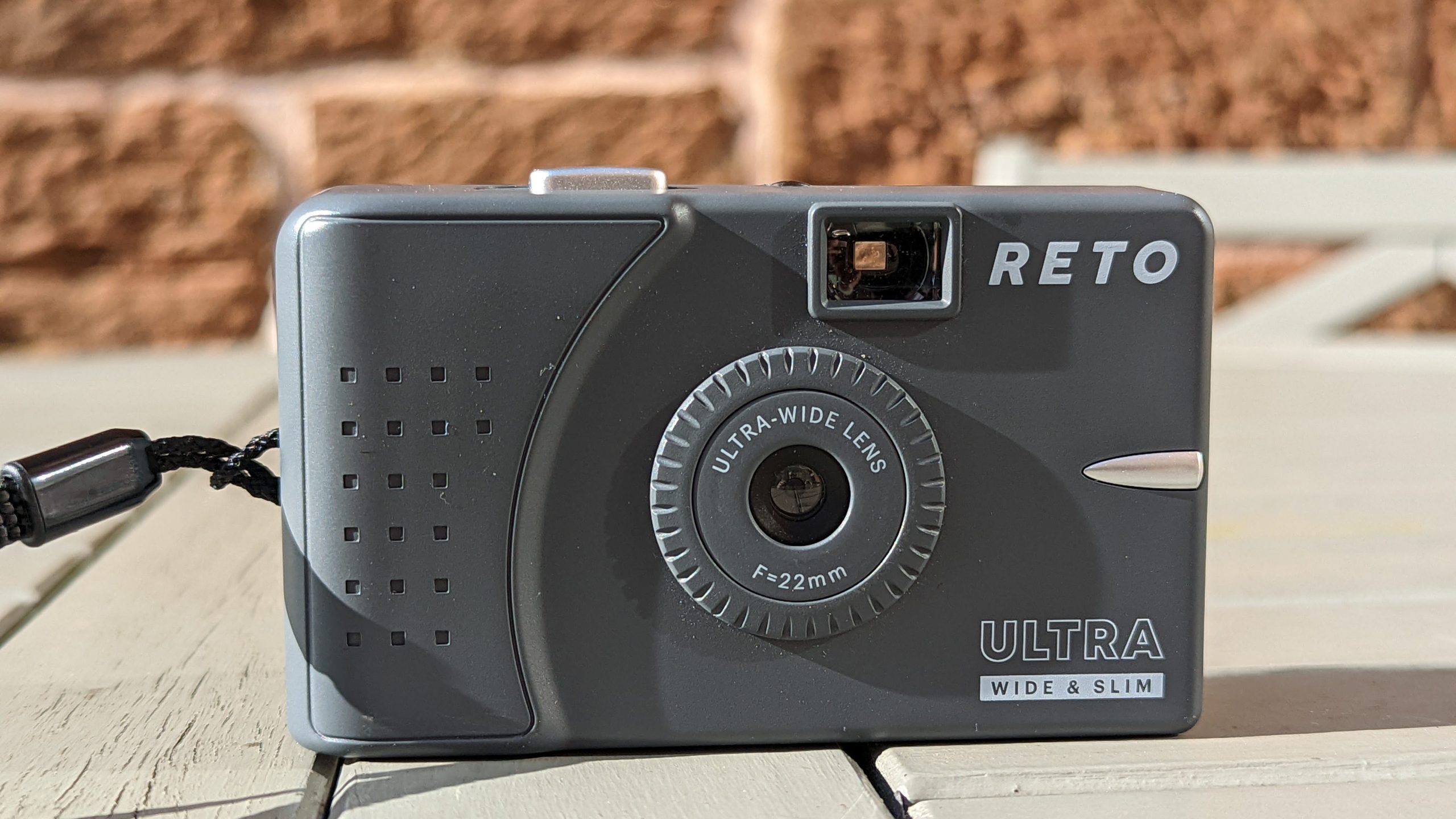
Interestingly that around the same as you’d pay for a modern Reto UWS or some of the legion of plastic flashtastics you can buy today.
For those with more money to spend you could pick up the 1899 No. 1A Folding Pocket Kodak which sold until about 1915 and . This offered 2 timed shutter speeds as well as bulb function, focusable and variable aperture and came with a finder. But it cost about a week and half wages for the average man at $12 and when adjusted for inflation that would be over $450.
And our $499 Pentax 17 is obviously more advanced.
Argus A (1936)
Although now often overlooked the Argus A is one of the most influential US cameras ever made. It helped popularise the 135 (35mm) format. It’s a rudimentary shooter with 2 zones of focus. But it did come with variable aperture and a few shutter speeds. There is of course no metering
It’s a step up from the box cameras (although some were offering as many features) and took full advantage of the more economic 35mm cassette. Very rudimentary by modern standard but benefiting from cheaper materials and honed production. Yours for a mere $12.50 at launch. That equates to ~$285 today
Ilford Sportsman (1957)
The Ilford Sportsman was a rebranded Dacora Dignette that cost £13-17s-4d (in decimal £13.87p) at launch. Adding a case would cost a little more at £16.34, that’s equivalent to just over £500 today.
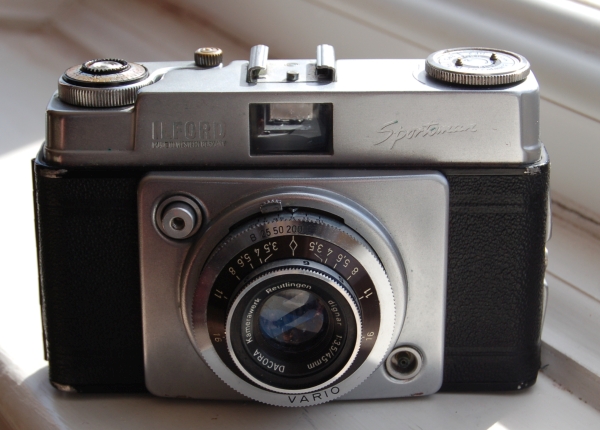
That’s a camera I argue is no better than the Halina 35x ) Probably as it was a fraction of the price of more posh cameras like the Sportsman. In John Margett’s review , he notes a 1964 price of £7 13 shilling and 3 pence (or £7.66 in decimal). Ironically that’s roughly what it sells for on eBay. But today adjusted for inflation it come in at £195
But lets add metering.
The Olympus Wide E/ Sear Tower 54 (1957)
This is a major step up from the Sportsman and 35X. It added a lever winder and uncoupled metering over. the 1955 Olympus Wide. Sears sold their rebadge in 1959 $44.50 about $450 today
But lets go for a proper vintage half frame with coupled metering
Konica Eye II (1967)
I spent ages trying to find a price for my beloved 1962 Konica Eye , but I have to settle for its successor. Pacific Rim have a copy of Konica’s confidential 1967 pricing note to US dealers with a recommended price of $79.95 (add another $9.95 if you wanted a case and strap). Adjusted for inflation that’s over $750 for just the camera
Spec-wise the Konica has a metal body but no built in flash and has a choice of either auto, aperture for flash with fixed shutter and bulb. This somewhat is under our Pentax
I could list a host of cameras from this era. Ponder and Best would sell you a Olympus PEN EES-2 in 1968 for just under $65USD ($588 today). The full frame legend that is the Olympus Trip 35 was about $5 cheaper but would be equivalent to $542. The Minox B, the legendry 60’s spy camera had a suggest sell price of $157.50 USD to Joe Public (CIA rates unknown) in 1969. That’s equivalent of over $1,360 today for an uncoupled meter 16mm camera.
But let’s move on to an automatic integrated flash zone focus
Konica C35 EF (1975)
Purportedly a favourite of the pop art maestro Any Warhol, The C35 EF is a legendary camera. Based off the the legendary C35 range finder this zone focus camera was the first compact with built in flash. NOt sure the word comapct is how I’d describe it though. It has a cult following. But sells for about a ⅓−½ of its suggested launch retail price of $149USD. That’s a relief as that would be worth over $875 today
1980’s Ultracompact -a-rama
Now the ultracompacts from the 80’s are the closest to the Pentax 17. Mainly manual focus, with good metering. And plastic is really featuring now.
But even so by 1980’s things were still pricey for some cameras take the Cosina CX-2 the grandfather of the LC-A

Popular science in 1981 ran a list of the best ultra compacts. Now they indicated list prices and as ever you could get a health discount if you shopped around but the CX-2 $199USD. That’s worth ~$707 today. And that’s a camera that would have been made on a much more developed production line with less features
Bet you picked the most expensive one you could find. The XA2 was way cheaper !
And it is cheaper. But not by much. Here’s a few more from the same report. I’ve round up the equivalent today in brackets.
- Hanimex 35 Micro Flash – $119 ($422)
- Mamiya U – $199.99 ($711)
- Minox 35 GT – $235 ($835)
- Olympus XA – $199 ($707)
- Olympus XA2 – $169 ($601)
- Ricoh FF-1s – $221 ($786)
And I’m not even clear if the XA’s and the Cosina came with accessory flash units . The Haimex is manual exposure with a fixed shutter (except with flash) and a match the pictogram to the weather aperture setting. but is less than 80 bucks cheaper when adjust for inflation than the US Pentax 17 price .
And that decade would see the rise of the AF camera. The Olympus AF-1 (aka infinity) had a suggested list price of $305USD 4 years after launch in 1988 (Equiv to $810 today). Although as we’ll see although prices would fall across the 90’s with the rise of the AF zooms.
At the start of that decade these still cost a pretty penny. In 1991 Canon encouraged dealers to list the Canon Sure Shot Mega Zoom 105 Caption in Kit form for a whopping $460 . That’s well over $1050 today, admitted for a camera that would duke it out as a top compact of the era.
But hang on as you say things get cheaper in 1990’s. I heard you could buy a Mju-II for about 150 quid
Oh yes . Argos would sell you one for £147 in 1998 . That’s under £325 today (an ironically less than these often sell for). It is a very good prime lens AF but has limited options
But in the late 1990’s the cost of cameras like other consumer good dropped cheaply,. The mju II (aka Stylus epic) was no exception. It was mass produced. Camera-wiki notes about 3.8 Million were sold of this model alone (not counting the limited edition version). Those days are gone now production runs are not measured in 100, 000’s
Okay but you can get one of those new Kodak half frames for about 50 quid. You said they were great
And they are.
But they are not in the same class. The Reto made Kodak Ektar H35N is the greatest plastic flashtastic camera in many a year, but it has little controls a fixed focus lens, no metering. And its lens whilst great for what it is – is just a hybridized version of the VUWS’s lens
But I’m glad you mentioned new cameras. There are some more realistic rivals
Alfie Tych + (2023)
So here’s the closest in spec. It’s a half frame camera with a metering system that offers both auto and manual mode shooting. Oh and you get 4 lenses with this one in rotating turret set up
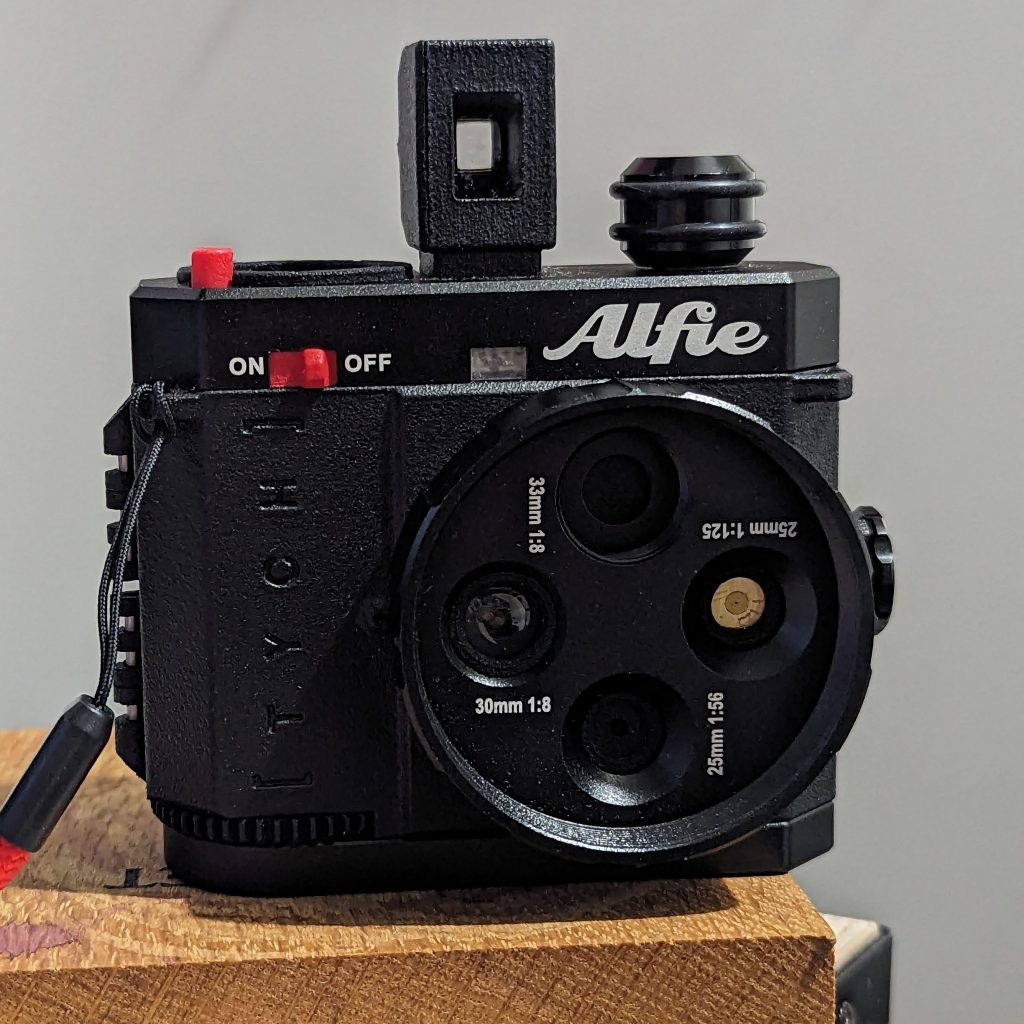
But the manual metering is limited as each of the lens has fixed aperture. 2 of those lenses are pinhole style. The premium lens is impressive from sample images i’ve seen but fixed focus. The standard lens is not great and worse than most disposable cameras I’ve shot. It has accessory port for cable and tripod but that proprietary and no flash has been produced.
It feels more like a concept camera. And the price…. same as the Pentax 17 £499! The standard model is 200 quid cheaper but you lose the premium lens as I reviewed
Lomography LC-A Wide (2011)
The camera I’ve argued the Pentax 17 is currently up against is this Swiss army knife of a modern compact. Developed from the LC-A lineage, it features an insanely wide 17mm lens which is better than you light think and offers multi frame options including both full and half frame shooting. It can’rt quite match the 17 on half frame shots and has only 2 zones for focus. It has also just an auto mode for exposure and lacks filter thread or flash (although it has a hot shoe)
At £349 in the UK it is £150 cheaper although the US price of $399 is not so far out. That said it has been an inflation buster. It cost £349 13 years ago at launch in the UK. That’s the same price as today !!! If only Liz Truss had got this added to RPI Basket ! If it had gone up in line with inflation it would cost about £35 more than the Pentax 17.
Rollei 35 AF (est 2024)
And now for something that isn’t out. MiNT’s Rollei camerais due for release later this year. It is stylistically based on the classic Rollei 35 design but adds an AF system. JCH has a recent post with a pre production model on and lost of detail
Bellamy describes a 5 element hybrid glass/plastic lens with Lidar AF and auto, EV comp and full manual. It’s full frame and it looks like you’ll be paying $799 for this when it arrives. Now I have seen a range of prices mentioned but Bellamy seems to be talking to horse’s mouth here and $800USD was usually the upper estimates (and rarely have I seen a range estimate going for the lower number).
One suspects we’ll see the same moans about cost but again if you compare historically it makes sense for newly developed new line camera made in small numbers.
But at least it isn’t half frame
Can you get over yourself about that. We’re here to talk camera costs. Any other questions
But hang on you can get a new Instax or Polaroid for way less ?
True but this is where the volumes thing come in.
Most new ‘Roid’s and Fujifilm Instax come within a £60-150GBP price range. Even Fujifilm’s top of the line fully analogue model is just ~£175
And most ‘roids chuck in AF for that money
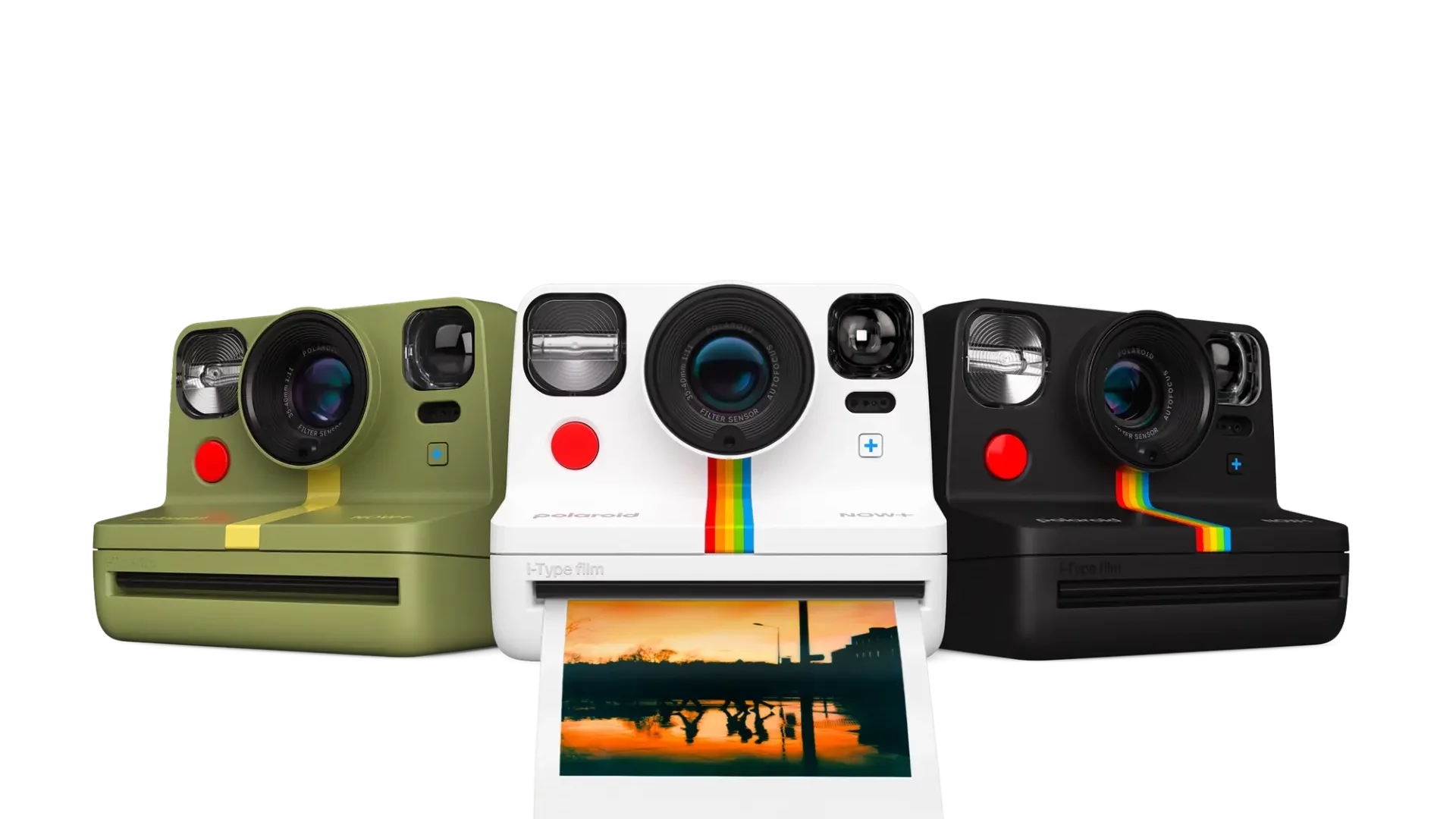
However these all shift loads. Fstoppers noted in 2021 that Fujifilm had sold over 50 million Instax cameras (with 10 million in 2019 alone). These are cheaply built mass produced cameras that don’t need to worry about ISO or lots of light leaks. They have limited features even on the upper models , helped by the fact that both companies used fixed ISO films. Fujifilm’s instax camera are either fixed focus or have 2 maybe 3 zones and Polaroid’s models in this range just have 2 AF zones. most have a single or just a couple of apertures.
And they sell millions of these. But one Polaroid is a lot more
You pay for class
The I-2 Instant. This is full AF with a significant range of aperture in it variable shooting modes and 3 elements plus the current vogue of linking it your camera. It’s way more premium than the Mini 99 but comes at a cost of £599. And if you go for the high end Instax cameras like the Nons SL660 SLR (body only $599) or or the MiNT InstantKon RF70 rangefinder (£799). You start to see the impact of small volume more complex cameras
And then there’s the small mater of a certain company in Germany….
The L-Word
If you think any of the camera expensive , I’ve left out one for last. Just look up the price of new Leica M-A film body and come back. Yup that’s about 10 times the cost of the Pentax 17. Granted you get legendary Leitz build quality and rangefinder. But you are buying a camera with no lens (that’ll cost a bit too) and no meter.
Now you’ll tell me that Leica are just making money out of rich folk buying the name to show off. Not totally the case. Actually the M-A is only little evolved from the M3 although with lessons learned and improvements. The M3 new cost cost $348 with ELMAR 50/3.5 back in 1953, which is over $4090 today. And that was in the days when Leica sold way more film cameras.
So the Pentax 17 isn’t really that expensive ?
No not really. I guess if it sells well we will see costs drop. But it sits in line with both current rivals and historic prices once you adjust for inflation. No one called the Konica C35 EF expensive at launch but yet it would be almost twice the price of the 17 once you adjust for inflation. and the C35 EF was built off established camera designs and large scale production.
And the same may well be true of the Rollei
But the Pentax. It’s half frame…
That thing over there called the door. Try using it.

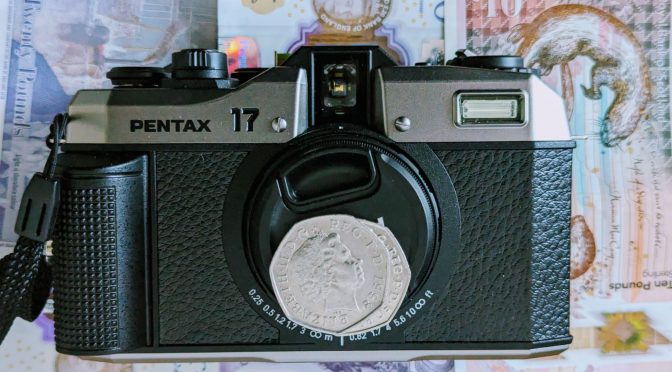







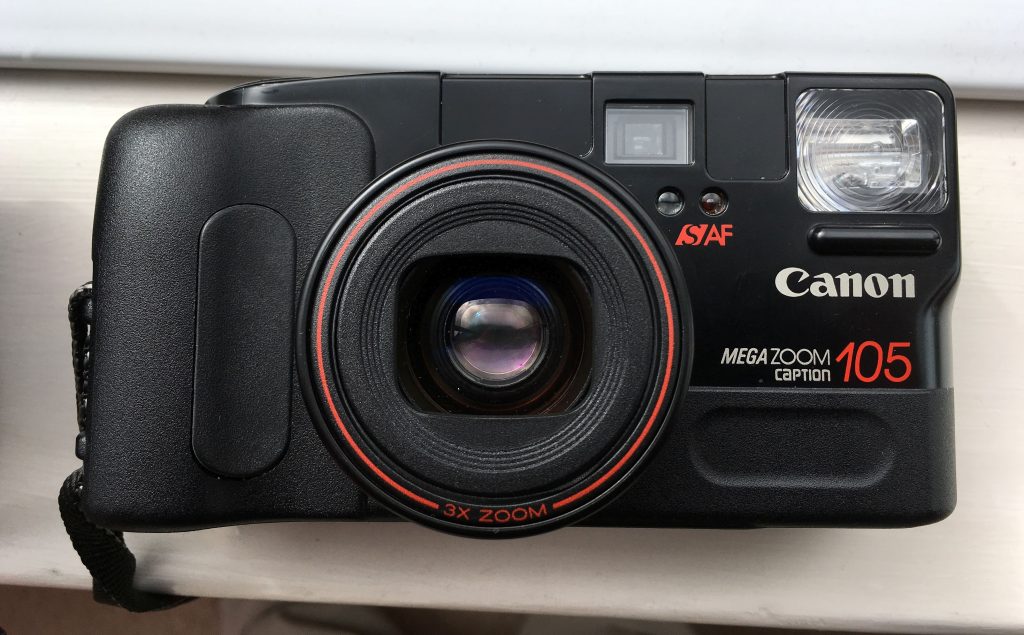

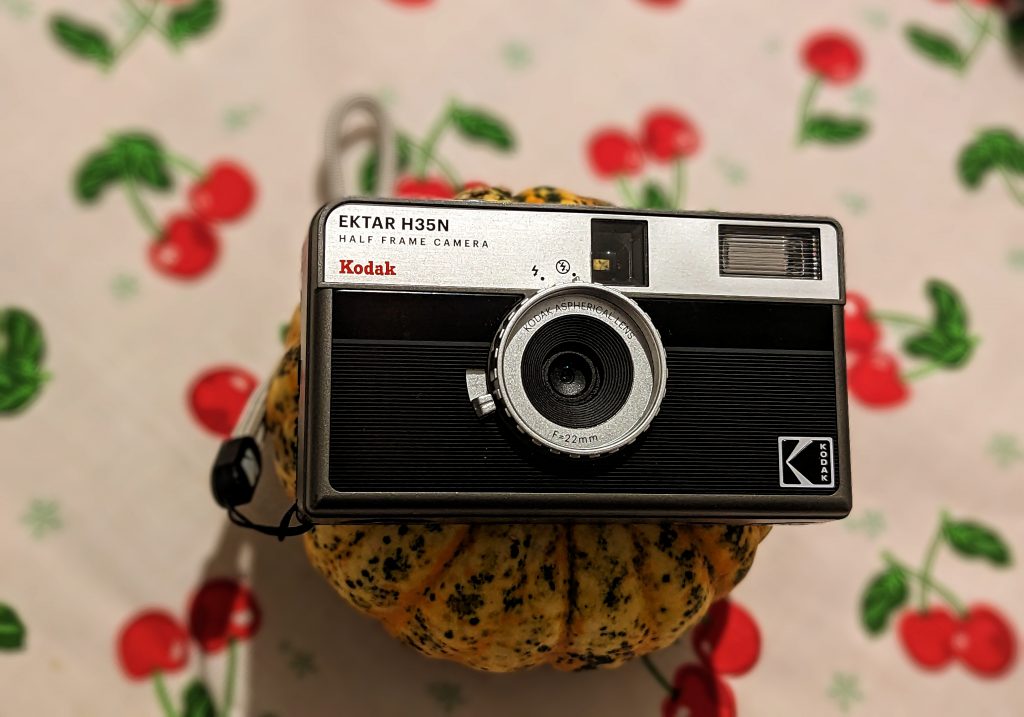

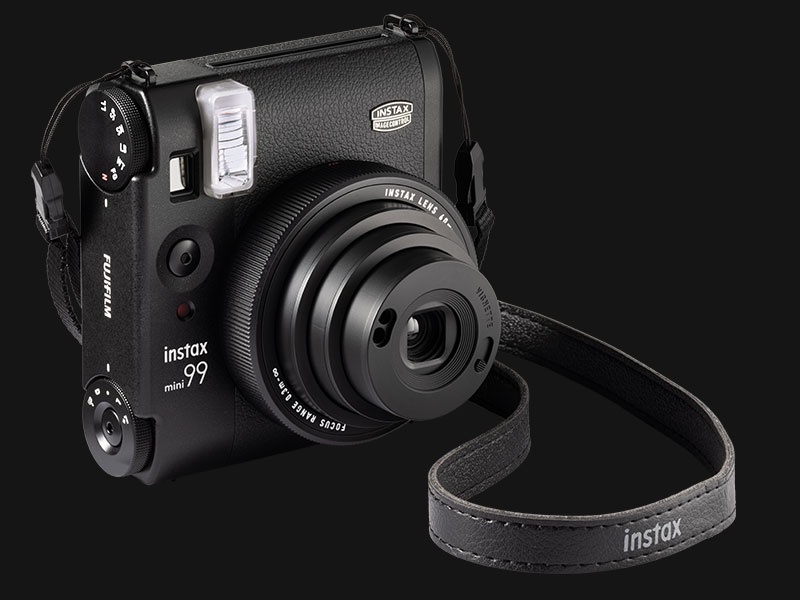
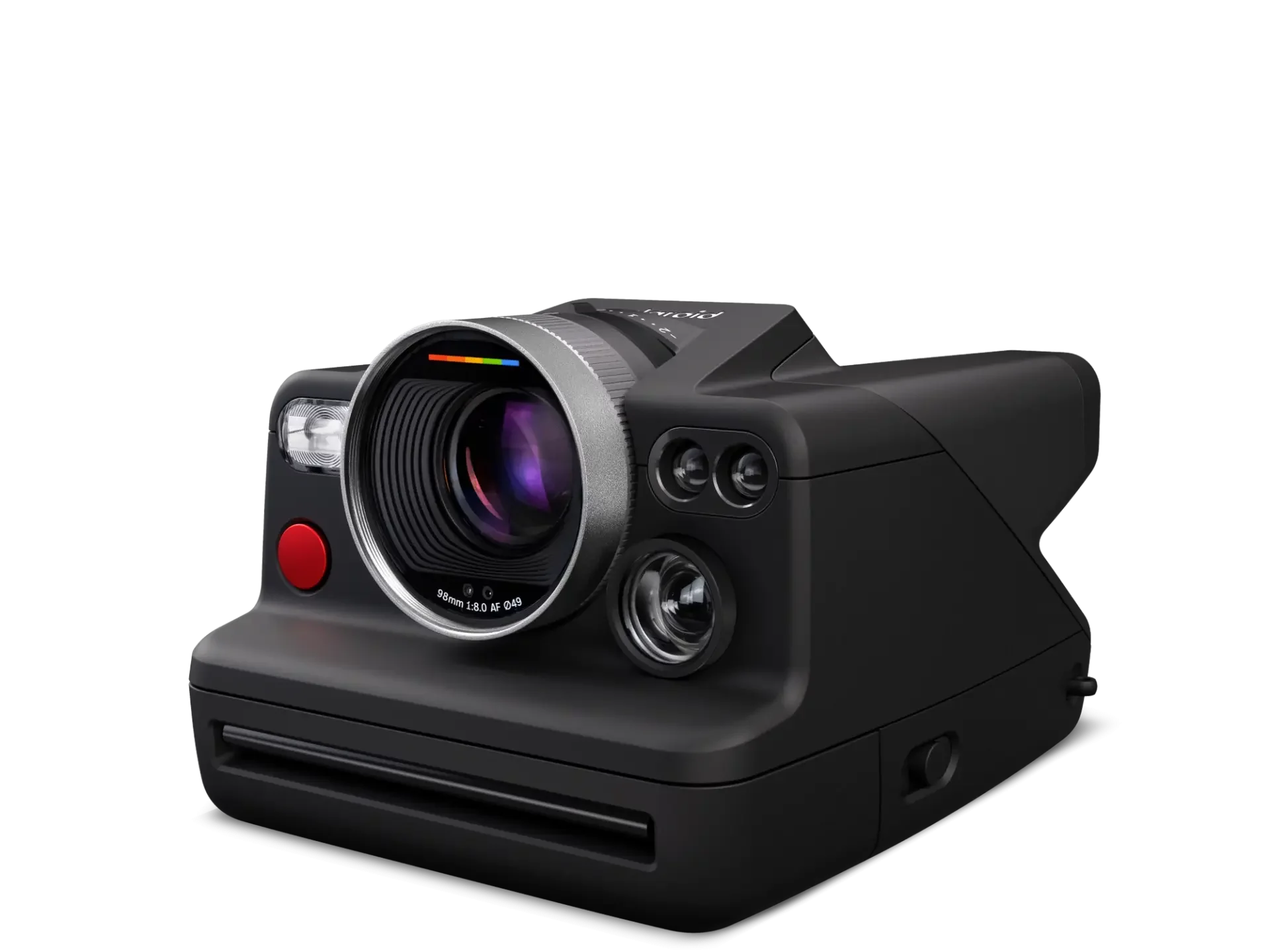

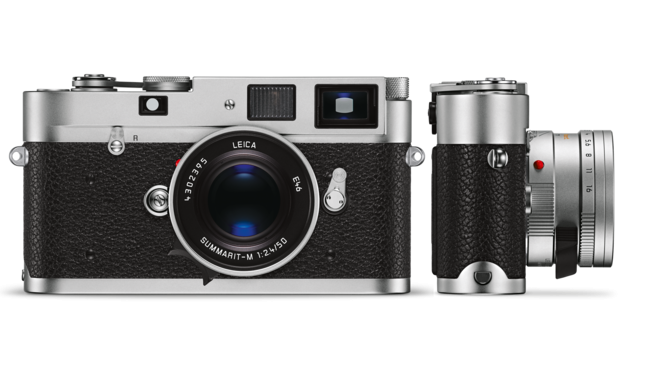
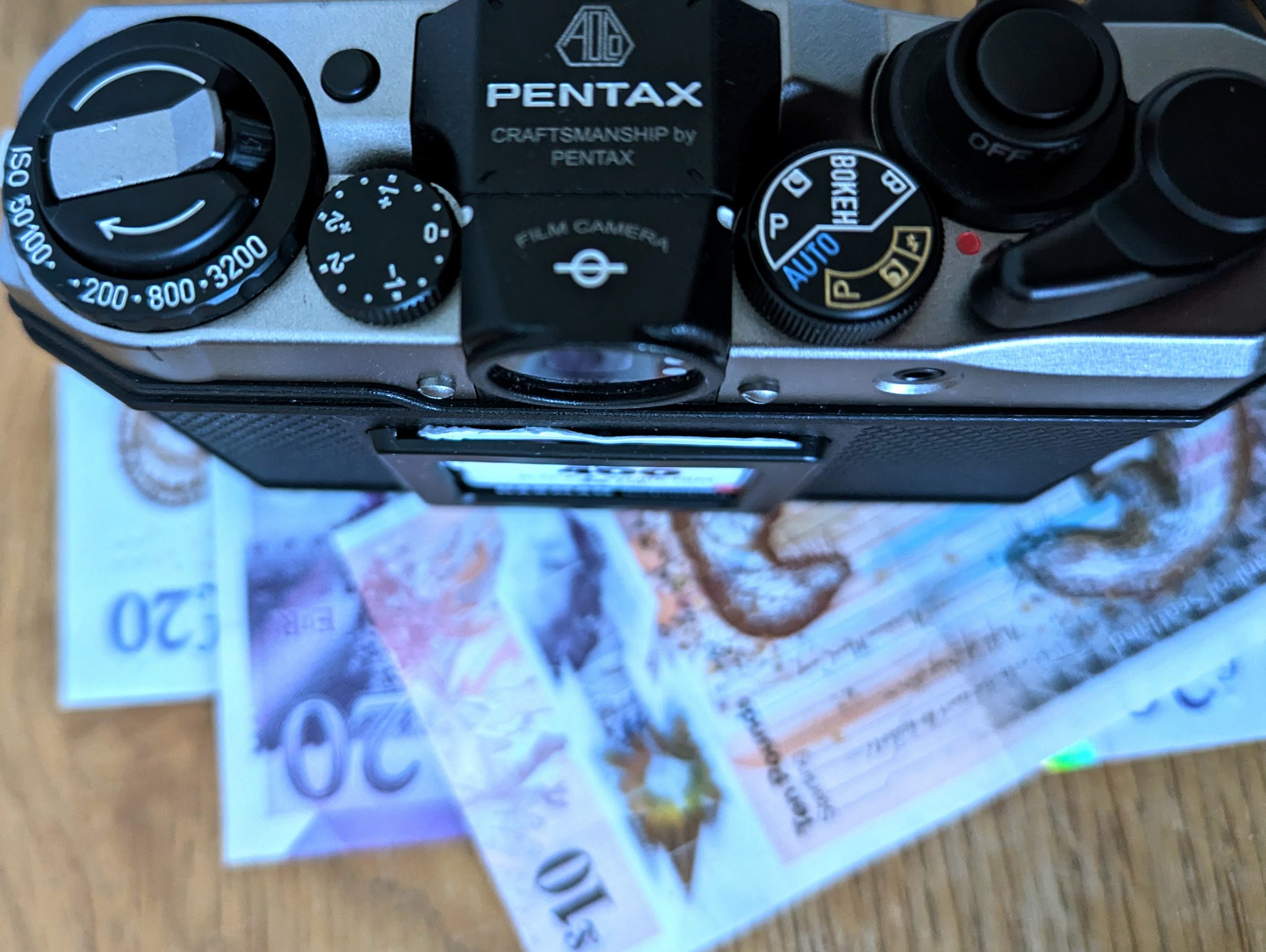
I’m certainly not keen on the price & I am not rushing out to buy it today as I could probably purchase good used darkroom equipment for that price.
That said, it is a brand new film camera & a major step up from the point & shoot camera. Certainly the Lomo LCA & LomoWide are pricey, as are SLR’s (not to speak of Hasselbands!) The comparisons to prices in the puts it into context.
So although I would not buy it in the short term, the medium to long term is another story.
The comparison is somewhat irrelevant as film photography was the only medium for decades and it is not the case anymore. To me, in the current photo market environment, shelling out $499 to get vacation photos is kind of a waste. I wish the best to Pentax as they have the merit to try something but clearly their camera is far from being a game changer. Want a camera with limited features? Get a Holga!